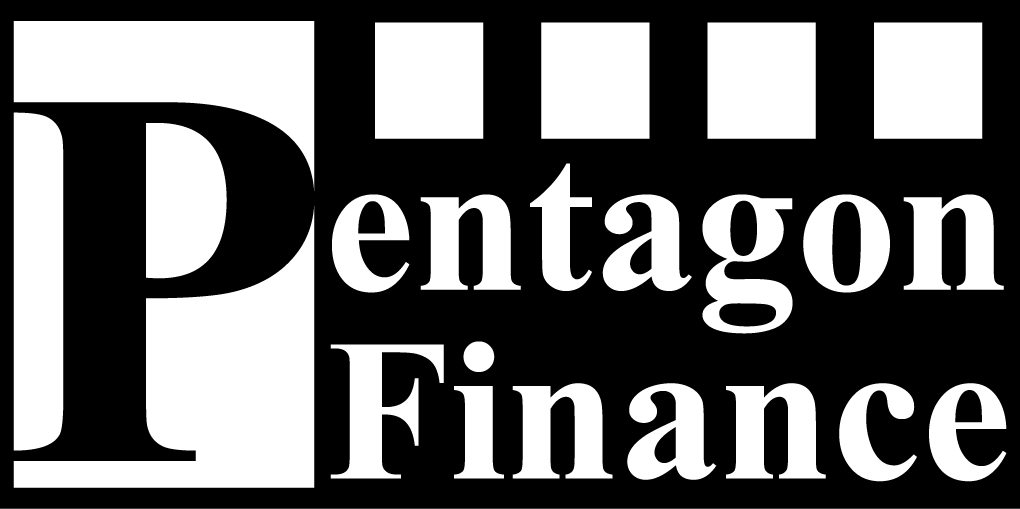A Guide to Financial Process Redesign

One of the benefits of Process Mapping is that can be utilized as a tool to streamline financial operations. Processes are similar to engines; if they are cared for properly they operate at a high level but if they aren’t, performance degrades and eventually, they quit working.
A Process Redesign exercise can tune up – even overhaul – old processes that have accumulated grease, grime and serious leaks in the form of bad habits, extra steps and worn out practices.
Staff members develop habits and create processes that over time cause delays and increase costs. Sometimes these unnecessary steps are an unforeseen result of company policy. They may be a holdover from a previous ownership. They could be the result of an imperfect amalgamation of companies, where managers adhere to old procedures while imposing new ones. All these process kinks accumulate over time, creating inefficiencies that add nothing to customer value.
If the examples above sound familiar to you, a Process Redesign project may yield big benefits. The first step is to name your key processes. That may sound elementary but it’s a fundamental step that prevents confusion down the road and allows the team to spot missing pieces easily. It also helps to see the whole canvas of work, making it easier to visualize the impact of eliminating, combining or changing steps. The next step is deciding which processes to redesign first. Consider starting with a smaller, high impact process to get some traction and experience. Then move on to tackle the larger more complex activities.
Pentagon Finance has developed various Process Redesign techniques that will guide you through your redesign project
- Process Objective and Work Initiators
Once you have selected a process to redesign, all stakeholders must agree on the main goal of the process. (i.e. make our customers aware they owe us money, comply with our banks requirements, close our books by “x” date, pay our vendors according to terms, etc.). It’s important the main objective is agreed upon before continuing.
Once the process objective is agreed upon, begin the groundwork required to complete the Process Documentation Worksheet, a key tool used in the Process Redesign Workbook:
- Identify the Process Owner. This is the person held accountable for the success of the process.
- Identify the Work Group included in the process.
- Determine the Work Initiators. Work Initiators start the process. (i.e. Bill of Lading received from the shipping department, a statement received from the credit card company, a construction completed form received from operations, etc.). They also drive the volume or units of activity related to the process.
- Process Interview and Narrative
The interview step is the most revealing aspect of the redesign process. The goal is to expose all the steps; including how mistakes are corrected and informal side systems (these are typically created when employees seek to avoid repeating past mistakes or they are more comfortable with a past practice than the most recent one adopted by the company). The interview should capture the process as it works today.
The written narrative that comes out of the interview defines the current state of the process. The key topic areas to capture in the interview (see the Process Documentation Worksheet in the Process Redesign Workbook) are:
- Period being covered
- Number of Work Initiators in that period
- Description of each step in the process
- The time required to complete each step in the process
- If the volume of a particular step is not driven by the Work Initiator, capture the relative volume number for that step. Volume is an important data point used to calculate the total labor cost to perform the process
- The estimated average cost per hour of the team performing the steps in the process.
Once the narrative is drafted, review it with the team for additions and corrections.
- Visual Flow Chart (Process Map)
We suggest creating a flow chart or map of the process. The imagery of the flow chart makes it easy to see where bottlenecks, duplication and time create inefficient steps. The visual depiction of a process also helps the company balance a need for controls with the requirement for speed and efficiency.
Here is a good example at what the interview and process map can uncover. At a company we recently prepared a process map for, an employee retained a hard copy of all documents she received, including electronic files. We learned this employee had been disciplined in the past for not being able to quickly come up with a response to a question regarding a document that had come across her desk. To avoid this in the future, she made hard copies of all documents that crossed her desk or were emailed to her. Imagine the waste of time and resources this took. The simple solution was to agree on a request response time that gave her time to research a question while still meeting the time needs of the requestor.
Summary Data
After the data is entered into the Process Document Worksheet it is automatically summarized on the Summary Data Tab of the Process Redesign Workbook. Key information is also converted to an annual basis.
The Summary Data tab provides comparisons on these components of any process:
- Hours invested in the process
- The number of Work Initiation Requests
- An estimate of cost of labor invested in the process
- Cost per Work Initiation Request
- The impact your Process Redesign will have in terms of the above components.
How to Redesign the Process
To put you in the right frame of mind, here is an example of a common process improvement area. An employee keeps a spreadsheet in Excel because they don’t trust the company’s own enterprise resource planning system (ERP). If a company’s processes don’t give employees what they think they need, they develop separate, off-line, files.
Eventually maintaining both the “sanctioned” processes within the ERP system and the “off-line” processes in Excel creates a burden that crumbles under its own weight. This behavior not only gobbles up the extra time it takes to manage two separate systems, the systems themselves need to be reconciled… which can more than double the extra work.
In the quest to improve the process, start with steps that simplify and eliminate waste. Process waste is defined as errors, anything done twice, dual record-keeping and unnecessary time between activities. In one company, administrative controls significantly increased time lags, errors and costs.
A trusted advisor and process mapping expert captured key functions, including contract control and contract execution, in a process flow diagram. By applying best practices to the key processes, the company reduced that time by over 50 percent, cut errors by 27 percent and sliced costs by more than 40 percent. The company grew more quickly and became more profitable.
- An Outside Perspective May Help
A company can do process mapping internally. But employees are often too closely involved to spot the improvement opportunities. Many a time they are the architects of the current processes. Having a fresh set of eyes and a process mapping expert provides an independent view and deeper experience.
It is important to use the tuned-up engine from your Process Redesign efforts to help transform the way you do business. You will save time and money, reduce lead times and create better, decision worthy information. The follow-on impact will improve the bottom line and better prepare your business for growth.
Our Process Redesign techniques have been developed to help you gain a thorough understanding of your most important Accounting, Finance and Treasury Processes. The ultimate objective of our techniques is to serve as an aid to significantly Improve the CFO Pillars – creating better, faster and less costly outputs from your team’s effort.

